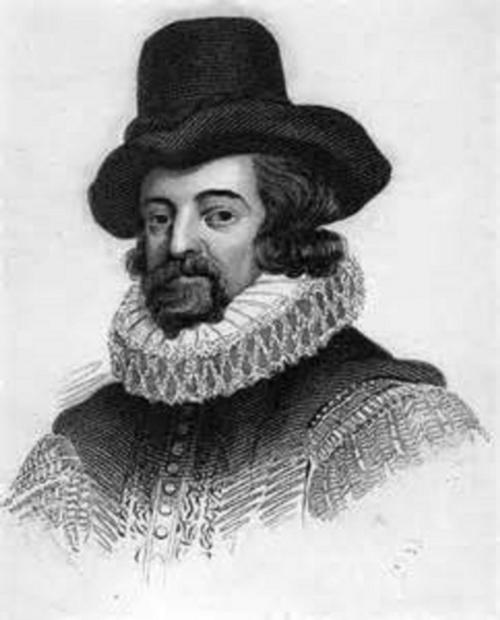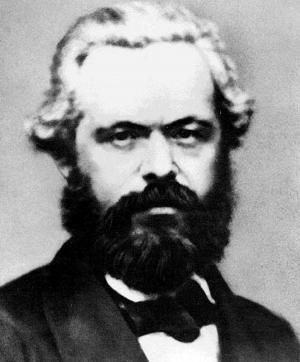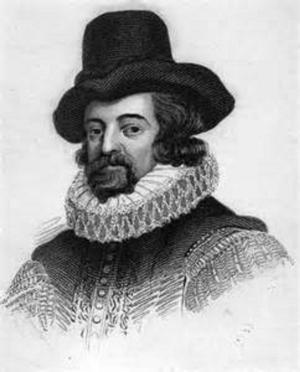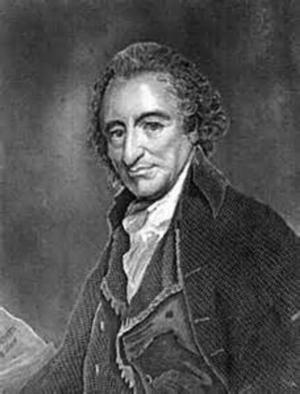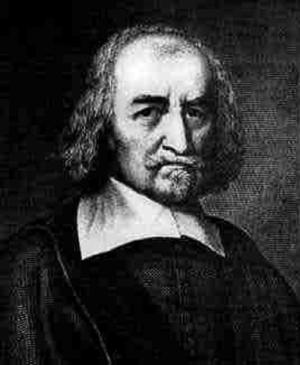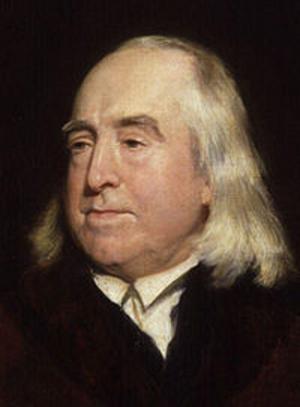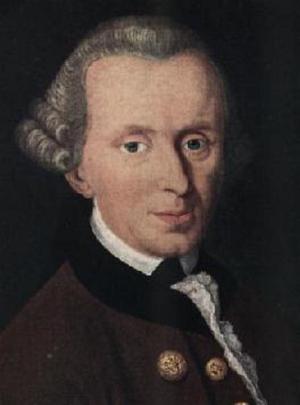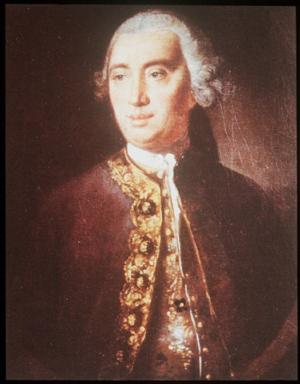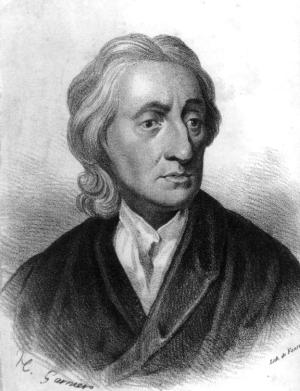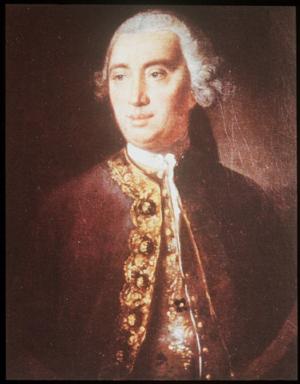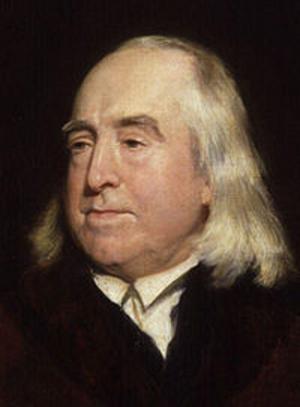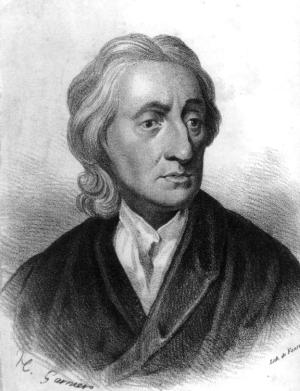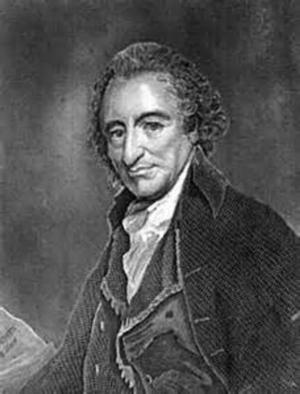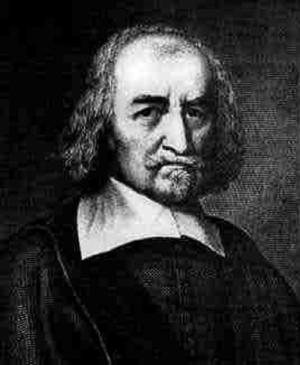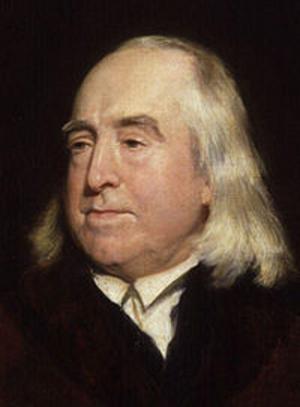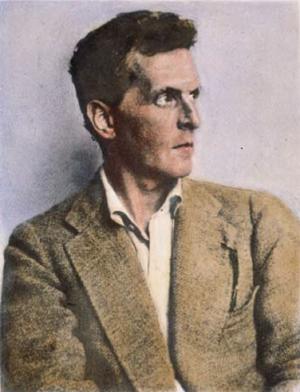Of the Wisdom of the Ancients (Illustrated)
Business & Finance, Economics, Macroeconomics, Theory of Economics| Author: | Francis Bacon, Timeless Books: Editor | ISBN: | 1230000679022 |
| Publisher: | www.WealthOfNation.com | Publication: | September 22, 2015 |
| Imprint: | Language: | English |
| Author: | Francis Bacon, Timeless Books: Editor |
| ISBN: | 1230000679022 |
| Publisher: | www.WealthOfNation.com |
| Publication: | September 22, 2015 |
| Imprint: | |
| Language: | English |
The book has an active table of contents for easy access to each volume and section.
Francis Bacon was a great English philosopher and one of the founders of the modern system of political philosophy. He is in the row with the greatest thinkers as Isaac Newton, John Locke, Immanuel Kant, Thomas Hobbes, and Jean Rousseau. Their collected thoughts have had strong influence on building the foundation of the United States and its endeavor of open society.
Francis Bacon’s The Wisdom of the Ancients was completed in 1609. In this work, Bacon was to explain how ancient wisdom was contained within the fables. He opened the Preface stating that fables were the poets' veiling of the "most ancient times that are buried in oblivion and silence". In the book, he listed thirty-one ancient fables, suggesting that they contain hidden teachings on varied issues such as morality, philosophy, religion, civility, politics, science, and art. Two of the chapters in the book, "Cupid; or the Atom", and "Proteus; or Matter" are seen as the part of Bacon's scientific philosophy. Bacon declared in "Cupid" his vision of the nature of the atom and of matter itself. Love is described as the force or the instinct of primal matter, "the natural motion of the atom", "the summary law of nature, that impulse of desire impressed by God upon the primary particles of matter which makes them come together, and which by repetition and multiplication produces all the variety of nature", "a thing which mortal thought may glance at, but can hardly take in".
Although written some hundred years ago, Francis Bacon's analysis of popular wisdoms in real life today is still powerful, penetrating and insightful. Bacon in this work not only addressed a nature of literature, but also explained a strict scientific nature as his other known works. The book is often regarded as one of the most important writings of literature and is also seen as an effort by Bacon who attempted to provide a view of science.
Bacon is forever remembered as essential enabler, reformer, philosophical advocate, and practitioner of the scientific method during the scientific revolution through his extremely influential works. His works have produced great influence on modern science. His view to the real world became widely recognised as the foremost philosophical and scientific voice. Bacon’s influence has been felt in nearly every field of the humanities and sciences.
This book is the essential reading of anyone who is interested in philosophy, politics, literature, and science by Francis Bacon, one of the greatest thinkers of modern philosophy and scientists on the planet.
The book has an active table of contents for easy access to each volume and section.
Francis Bacon was a great English philosopher and one of the founders of the modern system of political philosophy. He is in the row with the greatest thinkers as Isaac Newton, John Locke, Immanuel Kant, Thomas Hobbes, and Jean Rousseau. Their collected thoughts have had strong influence on building the foundation of the United States and its endeavor of open society.
Francis Bacon’s The Wisdom of the Ancients was completed in 1609. In this work, Bacon was to explain how ancient wisdom was contained within the fables. He opened the Preface stating that fables were the poets' veiling of the "most ancient times that are buried in oblivion and silence". In the book, he listed thirty-one ancient fables, suggesting that they contain hidden teachings on varied issues such as morality, philosophy, religion, civility, politics, science, and art. Two of the chapters in the book, "Cupid; or the Atom", and "Proteus; or Matter" are seen as the part of Bacon's scientific philosophy. Bacon declared in "Cupid" his vision of the nature of the atom and of matter itself. Love is described as the force or the instinct of primal matter, "the natural motion of the atom", "the summary law of nature, that impulse of desire impressed by God upon the primary particles of matter which makes them come together, and which by repetition and multiplication produces all the variety of nature", "a thing which mortal thought may glance at, but can hardly take in".
Although written some hundred years ago, Francis Bacon's analysis of popular wisdoms in real life today is still powerful, penetrating and insightful. Bacon in this work not only addressed a nature of literature, but also explained a strict scientific nature as his other known works. The book is often regarded as one of the most important writings of literature and is also seen as an effort by Bacon who attempted to provide a view of science.
Bacon is forever remembered as essential enabler, reformer, philosophical advocate, and practitioner of the scientific method during the scientific revolution through his extremely influential works. His works have produced great influence on modern science. His view to the real world became widely recognised as the foremost philosophical and scientific voice. Bacon’s influence has been felt in nearly every field of the humanities and sciences.
This book is the essential reading of anyone who is interested in philosophy, politics, literature, and science by Francis Bacon, one of the greatest thinkers of modern philosophy and scientists on the planet.
